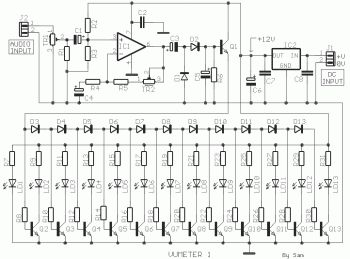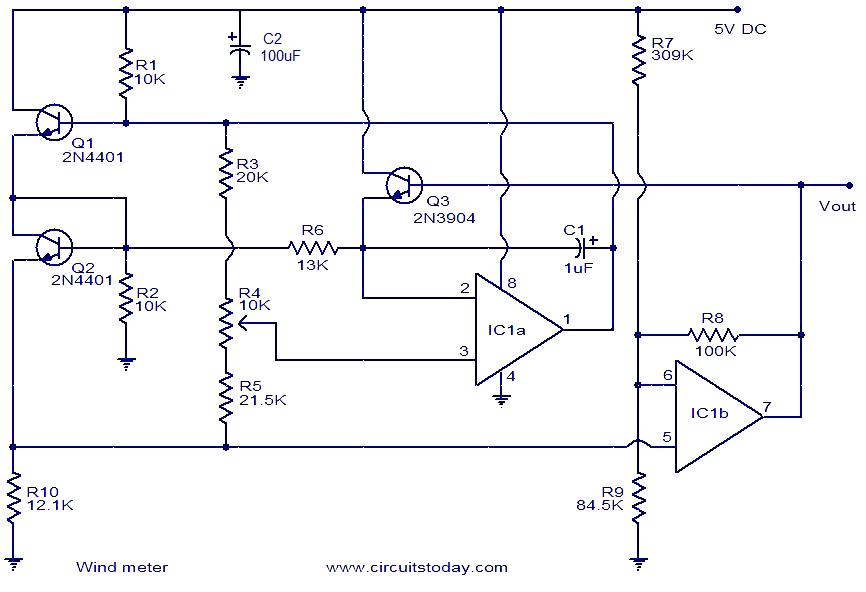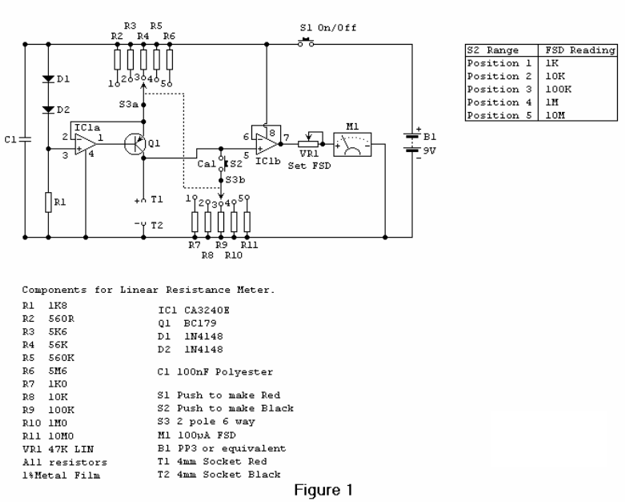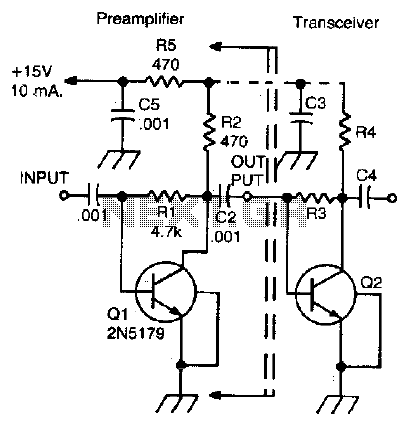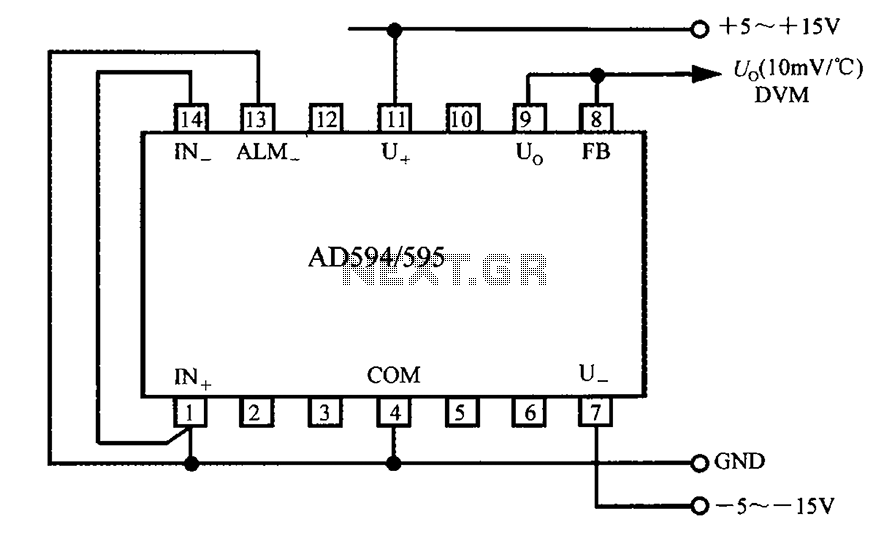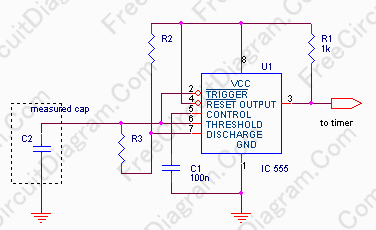
RF Decibel Meter
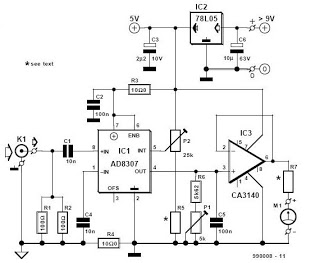
This is a zine dedicated to electronics circuit diagrams, DIY (do it yourself) electronics projects, electrical electronics data sheets, and microcontroller projects for hobbyists, students, consultants, and product designers.
The zine serves as a comprehensive resource for individuals interested in electronics, providing a wide array of circuit diagrams that illustrate various electronic components and their interconnections. It includes detailed DIY projects that empower users to build their own electronic devices, fostering hands-on learning and experimentation. Each project is designed to cater to different skill levels, from beginners to advanced practitioners, ensuring accessibility for all.
In addition to practical projects, the zine offers electrical data sheets that provide essential specifications and characteristics of various electronic components. This information is crucial for understanding component behavior and selecting the right parts for specific applications. Furthermore, the inclusion of microcontroller projects highlights the growing importance of programmable devices in modern electronics, offering insights into coding and interfacing techniques.
Overall, this zine is an invaluable tool for anyone involved in the electronics field, whether for educational purposes, professional development, or personal interest. It encourages creativity and innovation while providing the foundational knowledge necessary to navigate the complexities of electronic design and implementation.This is a zine dedicated to electronics circuit diagrams, diy (do it yourself) electronics projects, electrical electronics data sheets, and micro controller projects for hobbyist, students, consultants and product designers. 🔗 External reference
The zine serves as a comprehensive resource for individuals interested in electronics, providing a wide array of circuit diagrams that illustrate various electronic components and their interconnections. It includes detailed DIY projects that empower users to build their own electronic devices, fostering hands-on learning and experimentation. Each project is designed to cater to different skill levels, from beginners to advanced practitioners, ensuring accessibility for all.
In addition to practical projects, the zine offers electrical data sheets that provide essential specifications and characteristics of various electronic components. This information is crucial for understanding component behavior and selecting the right parts for specific applications. Furthermore, the inclusion of microcontroller projects highlights the growing importance of programmable devices in modern electronics, offering insights into coding and interfacing techniques.
Overall, this zine is an invaluable tool for anyone involved in the electronics field, whether for educational purposes, professional development, or personal interest. It encourages creativity and innovation while providing the foundational knowledge necessary to navigate the complexities of electronic design and implementation.This is a zine dedicated to electronics circuit diagrams, diy (do it yourself) electronics projects, electrical electronics data sheets, and micro controller projects for hobbyist, students, consultants and product designers. 🔗 External reference
